International Arts & Culture Scene
Location
Digilogue Zoom & Zorlu PSM Youtube
Date
10 September 2020
Tags
Covid-19, which fell like a lightning in 2020 and shook the dynamics of many sectors, undoubtedly affected the culture and arts industry deeply. With its anti-depressant role in digital media during the pandemic period; the culture and arts industry, whose social benefit effect was prominent but whose physical spaces were almost put into hibernation with the speed of light, has entered a deep “restructuring” period with the problems it has faced throughout the pandemic, the dialogues it has established, the digital channels it has become familiar with and the solutions it has produced.
The Future Tellers dialogue series organized in cooperation with Zorlu PSM, Digilogue and İKSV aims to create a transparent dialogue space by bringing professionals together in the webinars organized under the title of “Social Transformation and Creative Industries” to bring together actors in the creative industries, to open space for humanitarian dialogues among institutions and to knit support networks. In the webinar series, which was kicked off on August 20 and will continue until the end of September, international actors will also participate in the dialogue in addition to local institutions and actors in the culture and arts industry. You can send your questions, comments and suggestions to the Digilogue team by sharing them during the webinar and throughout the process via info@digilogue.com and contribute to the shaping of collective knowledge. What kind of a catalyst does the shared experience of simultaneously affected communities create for new learning processes? How are creative industries, culture and arts domains and social behavior shaped in relation to one another? and a number of similar questions will be elaborated by the Future Tellers, which was organized at Zorlu PSM in 2017 for the first time as a summit and addressed the impact of technology on humanitarian values, the gains from the race and the synergy between the technology and the humanity on the axis of various disciplines such as artificial intelligence, architecture, science, technology and ethics.
The third session of the Future Tellers webinar series on the International Culture and Art Scene was moderated by Artsy’s Global Strategic Partnerships Manager, Anlam de Coster, on September 10, between 19:00-20:15 with the participation of Southbank Center Contemporary Music Director Bengi Ünsal, Lincoln Center Director Jordana Leigh, Barbican Interim Artistic Director Leonora Thompson, Elbphilharmonie Manager Nils Hansen, Harpa Director Svanhildur Konraosdottir, Cleveland Museum of Art Manager Thomas Welsh. The session was simultaneously interpreted into sign language by Berrak Firat. You can watch the webinar from our Youtube channel.
Panelists
Anlam de Coster Arslanoğlu
Artsy Strategic Global Partnerships
Based in London, Anlam de Coster Arslanoglu currently leads Global Strategic Partnerships at Artsy, the largest global online marketplace for art and design. Her previous experience encompasses curatorial projects, arts management, and communications for institutions such as Istanbul Modern, SALT, IKSV and Musée des Arts Décoratifs, and art fairs including ARTINTERNATIONAL, PAD London and NOMAD. Anlam graduated Cum Laude from Sciences Po (Paris) in 2009 and holds an M.A. degree in Arts and Media Administration. She also studied at Galatasaray University (Istanbul) and Sorbonne University (Paris) where she earned a B.A. in Economics.
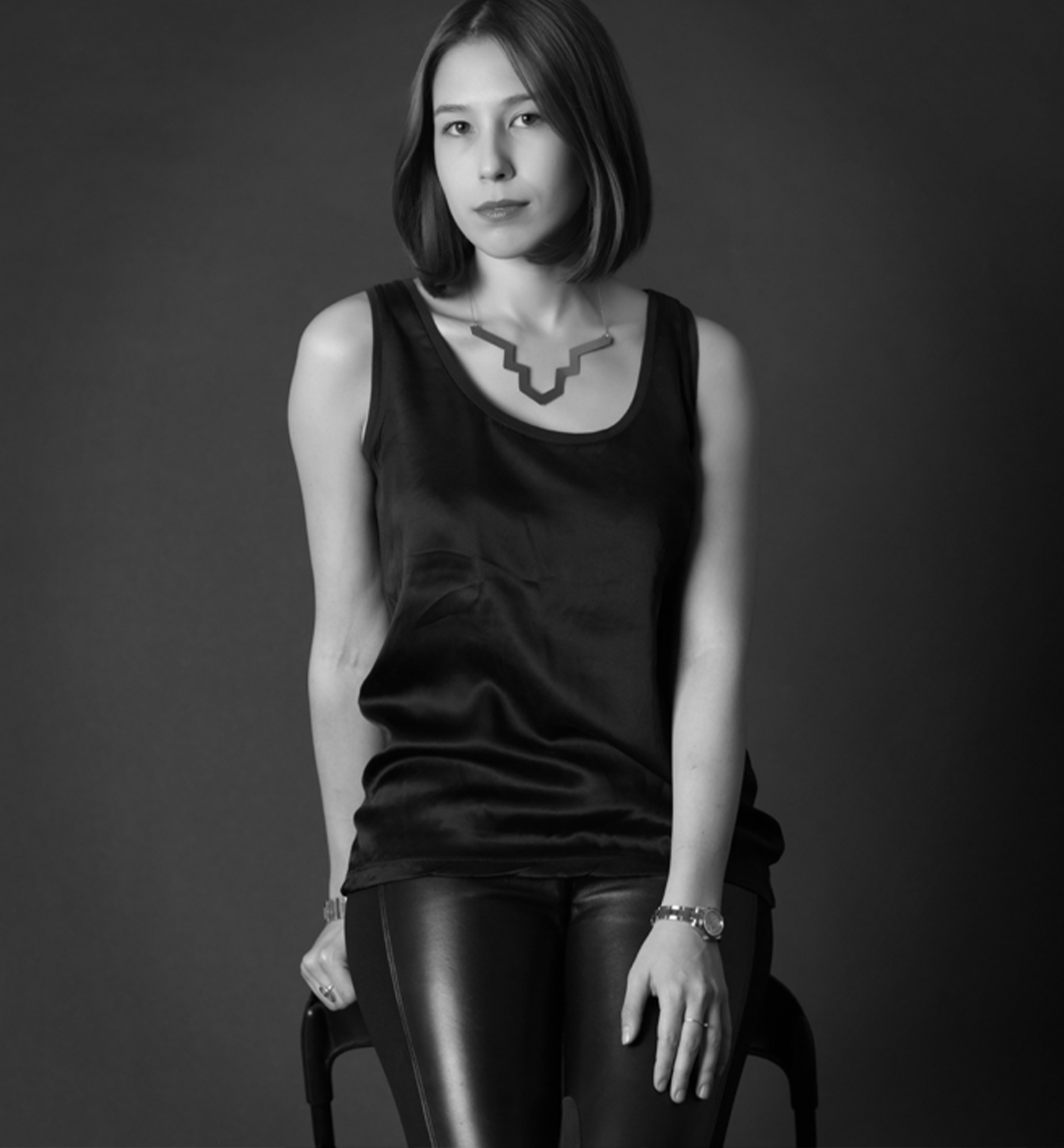
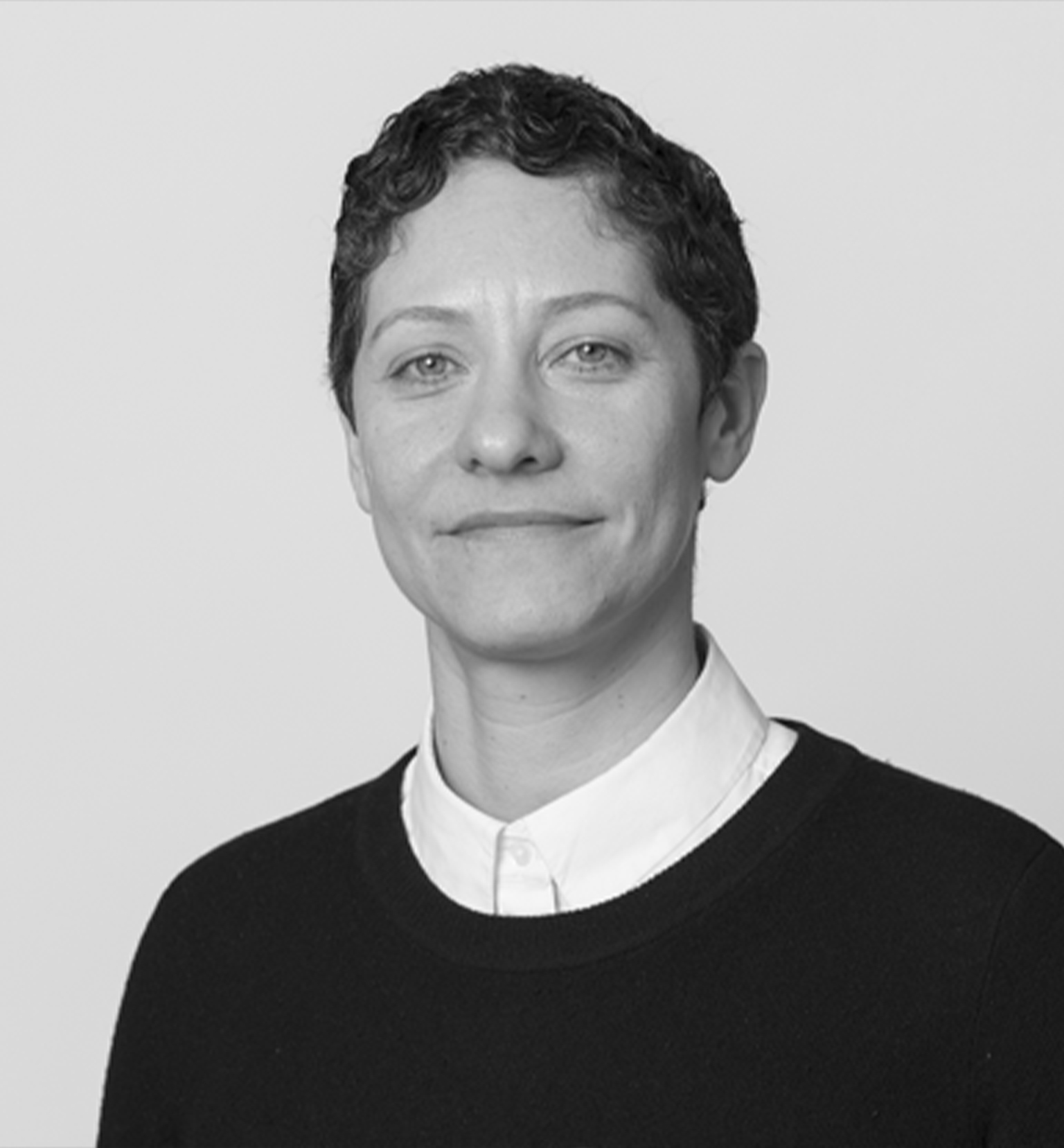
Bengi Ünsal
Southbank Centre Contemporary Music Director
Bengi Ünsal is Head of Contemporary Music at the Southbank Centre, the UK’s largest arts centre, on the south bank of the River Thames, where she is responsible for a year-round programme of more than 200 gigs and contemporary music performances across its iconic venues - the Royal Festival Hall, the Queen Elizabeth Hall and the Purcell Room. She manages the award-winning Meltdown, the longest-running artist curated festival in the world. Before the move to London, Bengi was the founding director of Salon IKSV (part of the Istanbul Foundation for Culture and Arts).
Jordana Leigh
Lincoln Center, David Rubenstein Atrium Director
Jordana Leigh is the Director of the David Rubenstein Atrium at Lincoln Center, a venue she helped open in 2009. The Atrium is home for innovative, international arts in an intimate setting for 11 years. During the last decade the Atrium has produced over 1,000 performances, commissioned 45 new works, and presented artists hailing from 100 nations. In her role as Director she redesigned the core weekly presenting series to reflect the diversity of New York City. She fostered a partnership with VICE Media to present film screenings and talk backs about current political and social issues.
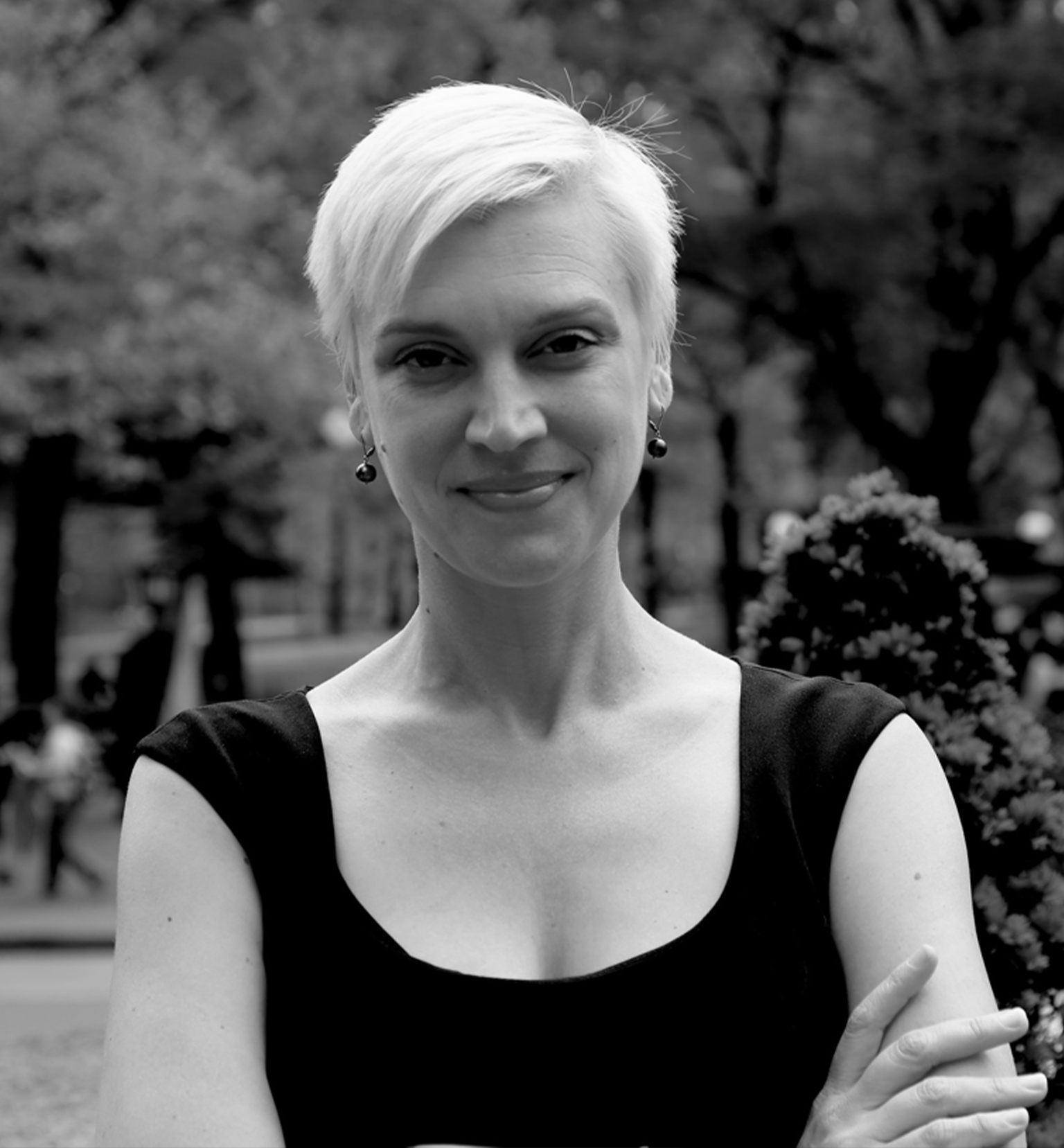
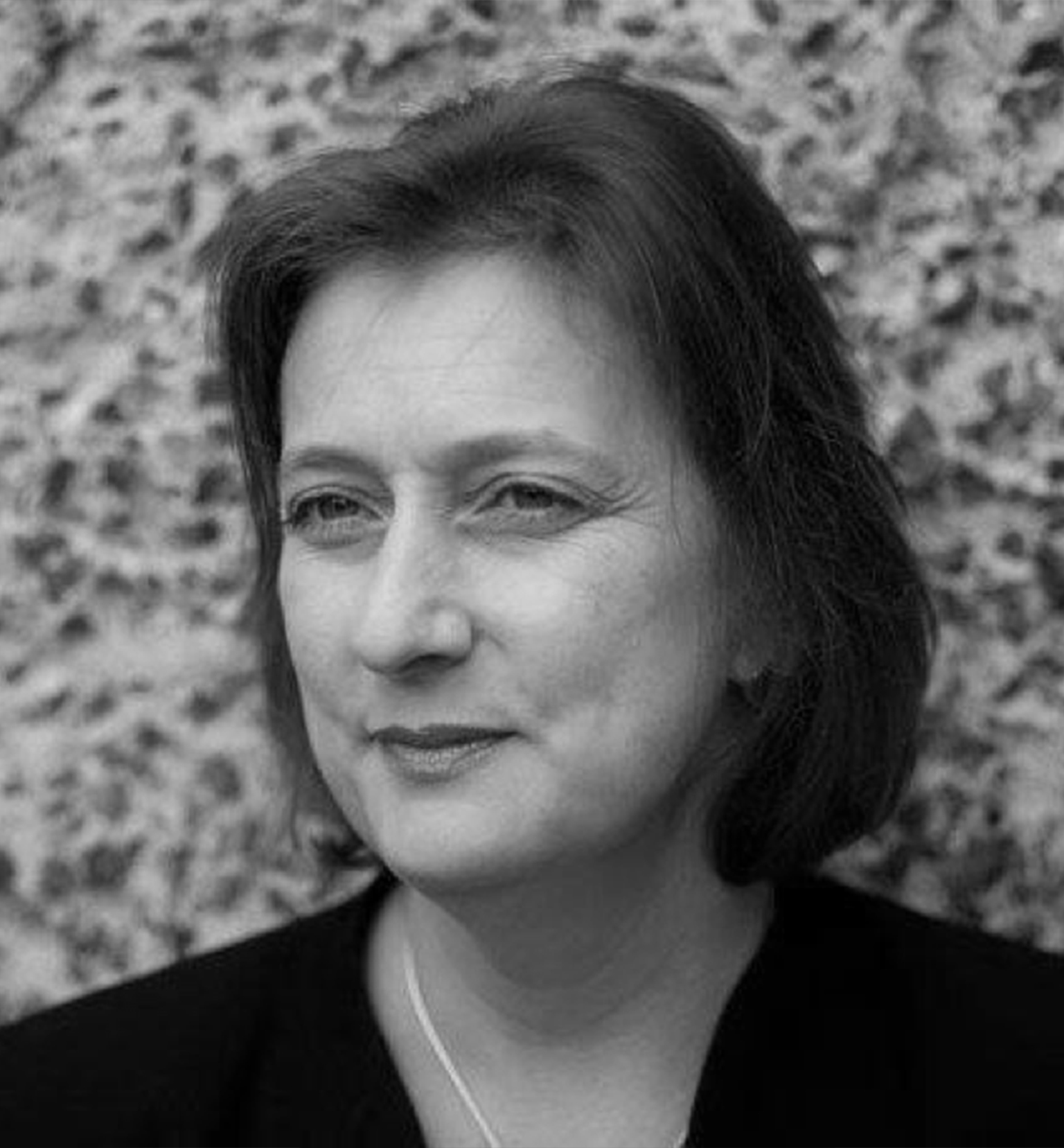
Leonora Thomson
Artistic Director
Leo leads the artistic, marketing and communications functions at the Barbican Centre and is responsible for the formulation, implementation and delivery of the Barbican’s artistic programmes. Since August 2019 she has been fulfilling interim roles in arts leadership; from September 2019–March 2020 she was the Interim Chief Executive of Anthem, the new Music Fund for Wales, whilst also acting as Interim Joint Chief Executive for National Theatre Wales, an organisation she still works with. From 2015-2019 she was Managing Director of Welsh National Opera, Wales’ leading performing arts company, which tours across Wales, the UK and internationally. For seven years prior to that she worked at the Barbican Centre as Director of Audiences and Development.
Nils Hansen
Kampnagel Hamburg Production Manager
He was born in Hamburg, in 1962. He worked as production manager at Kampnagel Hamburg between 1993-2009. Then, he became the production manager of Elbphilharmonie-und Laeiszhalle Service GmbH. He managed various music programs and festivals during this time. In 2017, he became the director of operations and production at Elbphilharmonie-und Laeiszhalle Service GmbH. He continues in this position up to this day.
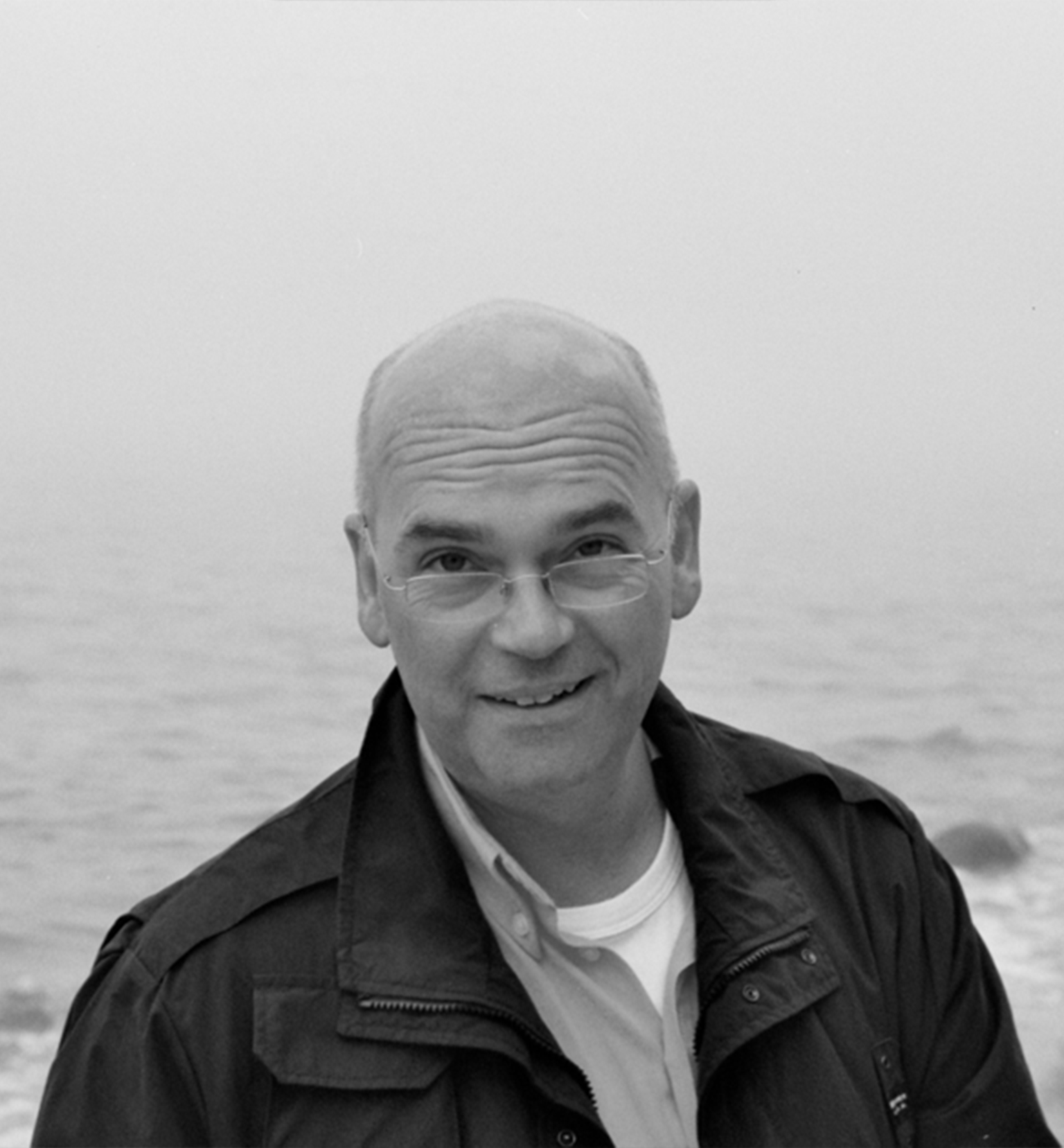
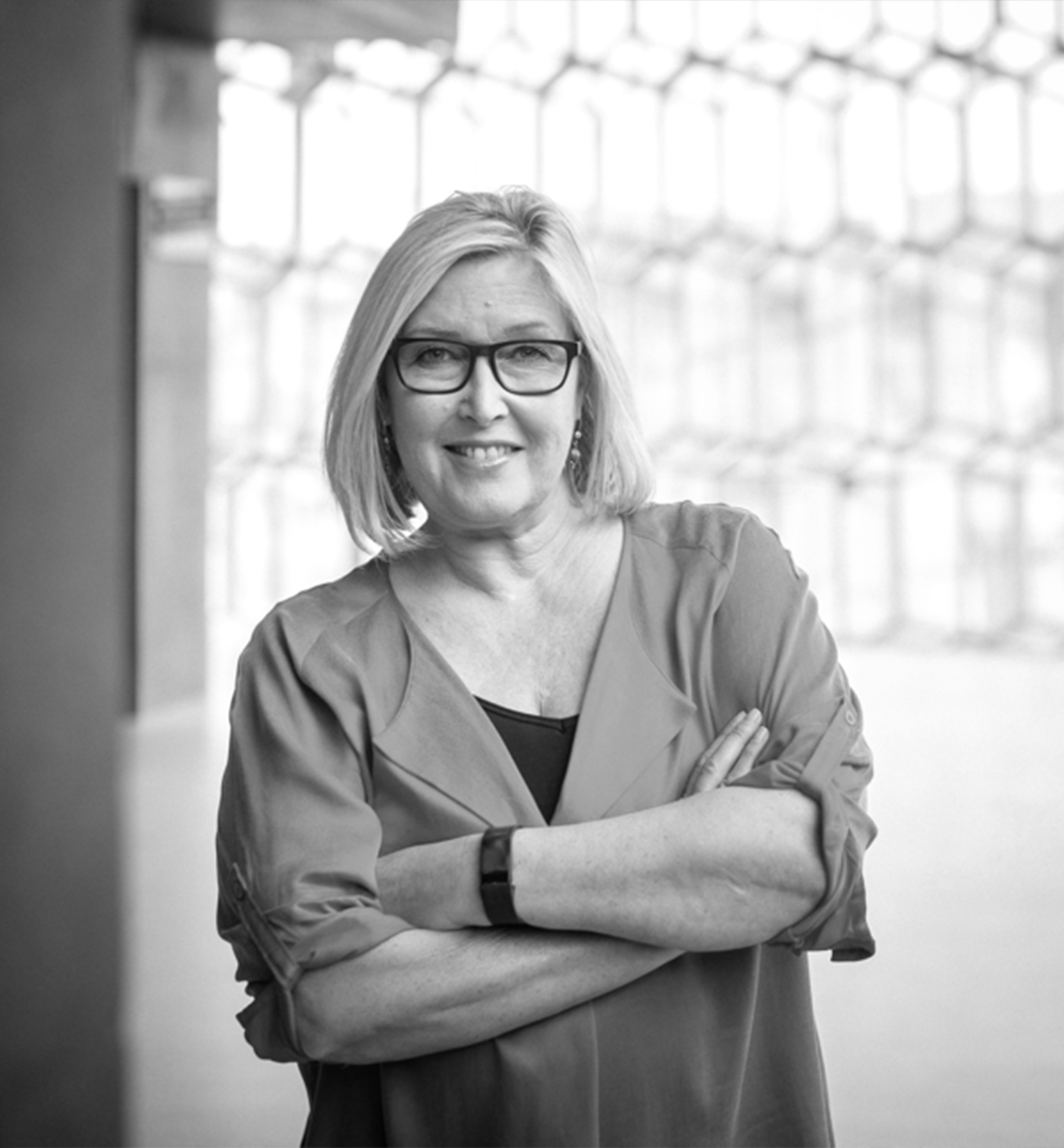
Svanhildur Konráðsdóttir
Harpa Director
Concert Hall and Conference Center in Reykjavík. Svanhildur has over twenty years of successful experience in the cultural sector in Iceland. Since 2004, she has been connected to Harpa as a board member of the company that oversaw the construction and preparation of Harpa’s operations, then serving on the board of directors from 2011–2016. She became the director of Harpa in 2017. In recent years, Svanhildur has served as Director of Culture and Tourism of Reykjavík responsible for Reykjavík City cultural, artistic and tourist activities.
Thomas Welsh
Cleveland Art Museum Director
Thomas M. Welsh joined the performing arts department of the Cleveland Museum of Art in 2007, where he reinvigorated classical music programs, and created both the museum’s influential Solstice summer festival and City Stages global music series. Prior to arriving at the museum, Welsh managed New Albion Records and Elision Fields artist management in San Francisco. His concert programming with the museum has been notable for its international reach, critical acclaim, and adventurous spirit.
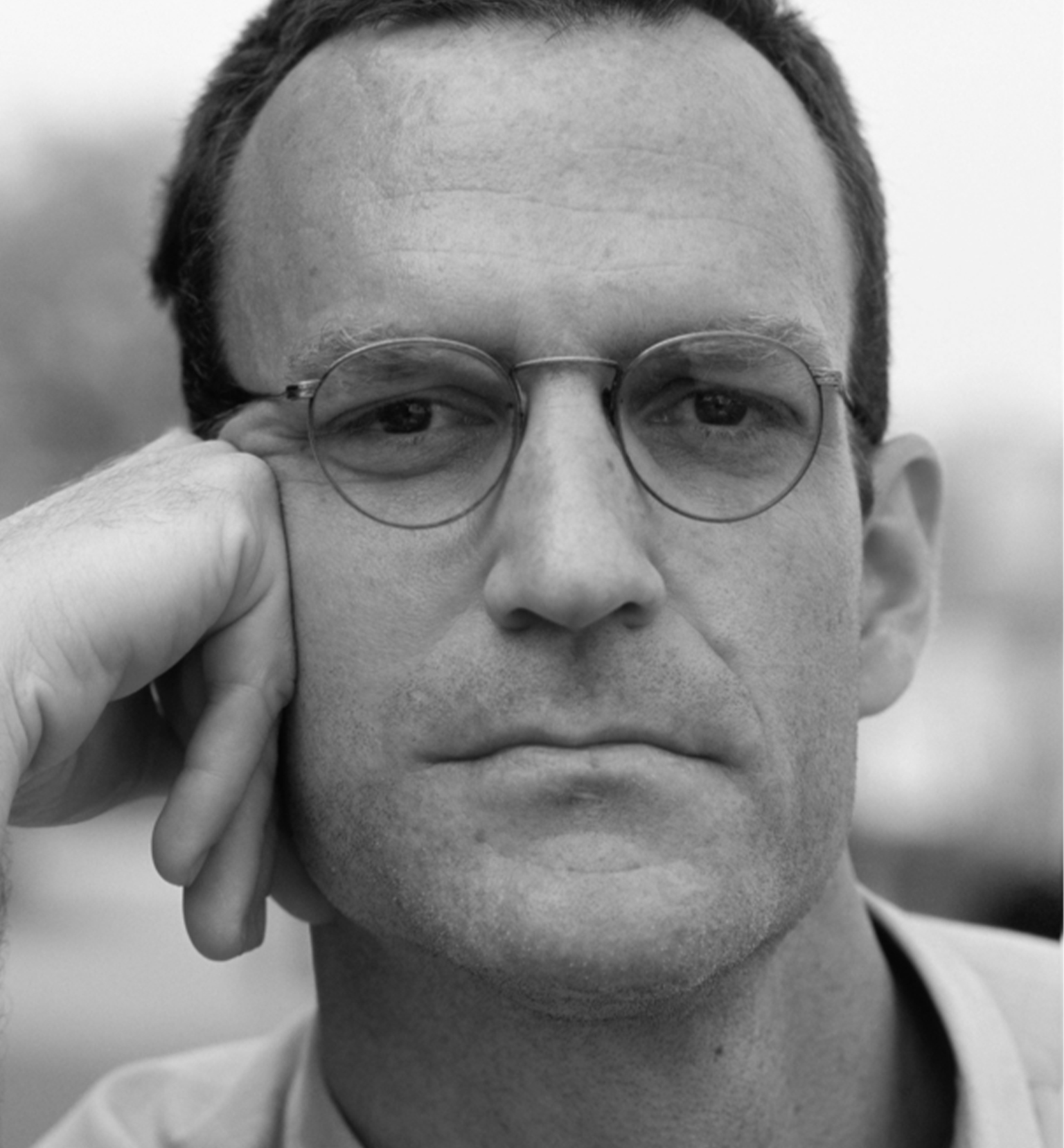
Videos
How did the culture and arts industry respond to the needs of local communities during the pandemic process? How did they revise their economic models as the virus changed the rules of the game?
The third session of Future Tellers hosts institutions from all over the world that shape the cultural landscape of today and tomorrow in order to listen to the challenges experienced by the international culture and arts scene and their responses during the pandemic process. How did the culture and arts industry respond to the needs of local communities during the pandemic process? How did they revise their economic models as the virus changed the rules of the game? and similar questions were addressed at the panel where it was elaborated that the prestigious culture and arts institutions have come to a more social level by shedding their elitist approach with the awareness brought by the pandemic.
The pandemic forced many culture and arts institutions to close suddenly for indefinite periods. The vulnerabilities of institutions that were caught unprepared for this crisis and continued to share their remaining limited income sources with their communities via different ways increased even more. To illustrate the gravity of the situation only through the United States with a few statistics; according to the American Museums Association, 1/3 of American museums may not survive this crisis.The Brookings Institute predicts 2.7 million job losses in the USA for creative industries alone and more than $ 150 billion in sales of goods and services.
Throughout history, the artists and the infrastructures that brought them together with their audiences faced many wars, economic crises and social changes; despite the alarming statistics above, when we look at the past, we can say that the industry will enter a process of metamorphosis in order to be more resilient and to survive. By rethinking and revisiting the core values and principles that structure creative industries in this chaotic period, we can make good use of the opportunities we come across and build a more democratic and sustainable future with local communities. This webinar within the series of Future Tellers sheds light on how such transformations can happen.
The webinar guests with different realities depending on their geographical location and the cultural policies of their governments meet on a common ground: With their iconic buildings and visionary programs, all of these institutions are in a leading status within their respective fields. The crème de la crème members of the culture and arts community, beyond being the symbol of the city, with their impressive architecture, turn into lighthouses that guide us in stormy times and remind us of the meaning of life, being human and the beauty of the world.
The impact of the pandemic on three main areas is elaborated: the social role of cultural institutions, their economic models and the processes of moving their programs to the digital.
Social Dimension: Being a Good Neighbor
As places of encounter and learning, culture and arts institutions have a vital position in the urban fabric, and in the absence of these institutions, city dwellers lose one of the city’s lifelines, a public space where they can breathe. These centers, whose physical existence suddenly turned into a ghost in the pandemic, prove that they are not just fancy buildings and continue to share and stand in solidarity with their local communities as living organisms.
Lincoln Center
Home to some of the world’s most prestigious culture and arts institutions such as the Metropolitan Opera and the Juilliard Conservatory, Lincoln Center’s first response to the pandemic has been to connect with the local community. The 64-year-old performing arts center is not just a physical building made of concrete and glass; on the contrary, the institution positions itself as a spiritual and vibrant inhabitant of the neighborhood. With the awareness of its key position in social memory and urban fabric, the institution has taken action outside its own definition in New York, where the repercussions of the pandemic have been very harsh and painful, and put into practice the mechanisms of solidarity with the neighbors as soon as possible.
While presenting a new world to children by creating two different digital activities such as concerts and workshops for children; it has also responded to the needs of parents who have to work from home and take care of children at the same time. For the great loss of the city, a series of memorial concerts called Memorial for Us All have been launched. With this event, which included artists and religious people from many faiths, the rituals of farewell and mourning, which the pandemic made almost impossible for those who lost their loved ones, have been rendered possible in a different dimension. The names of the people to be commemorated at the concert have been collected from the local community, integrated into the works, and a personal interaction has been created beyond the general in the memorial concerts. With another project called Love from Lincoln Center, healthcare workers who put themselves in danger in the fight against the virus have been thanked through online concerts. Students from Juilliard Conservatory considered the elderly citizens who were most deprived of their freedom during the pandemic and who survived this pandemic period in the hardest way; students sometimes gave one-on-one concerts as guests at the homes of older members of the community.
In addition to the social responsibility awareness of the pandemic, another agenda of the Center has been the Black Lives Matter movement, which focuses on the social justice and claims of black citizens, and Lincoln Center has designed a more inclusive program that focuses on the artists who have remained on the sidelines throughout history in line with this agenda.
Southbank Center
Another place that is so integrated with the urban fabric is the 69-year-old Southbank Center in England, on the other side of the Atlantic Ocean. The 5th most visited place in London, which is open to everyone from day to night; in addition to being a performing arts center, it also has missions such as being a working area for people, a meeting point, a playground for children, and a nice eating place. Functioning like a community center with this feature; Southbank Center, as a living organism, had to close all its doors suddenly due to the pandemic 6 months ago, and its relationship with the community and artists has been directly damaged.
The institution has still not been able to open its doors due to financial reasons, but even during this period when it was closed, it developed some projects to be beneficial to its community.
Through a project called Art by Post designated for the elderly city dwellers who had to be deeply isolated in their houses during the pandemic; they have been sending creative activity booklets to the homes of these elderly individuals and organized workshops over the phone for different citizens with dementia. In addition to these inspiring projects that found a way to reach people with low digital literacy in traditional ways, there is an exhibition dedicated to healthcare professionals called Everyday Heroes outside the Southbank Center. The institution has not been limited to its own projects, but also has displayed an example of solidarity and published recommendation letters on high-access digital platforms that included the activities of other institutions. Thus, it aims to disseminate the activities and messages of other institutions to a wider base.
Barbican
38-year-old Barbican, one of the biggest venues in London, draws some lessons by re-questioning its relationship with the community in the pandemic.As a result of factors such as 12 years of austerity policies, the tidal and highly controversial Brexit process, the Black Lives Matter movement pushing the institution to pause and think, Barbican has concluded that the civilian role it assumes should be more specific and broader. The institution becomes aware of its privileged position and has started to think more of its neighbours who do not have the same advantages it has.
Most of the arts and culture in the UK are still consumed by the richest or best educated 8% of the country. Aiming to change this statistic; the institution is now investigating how it can establish different relationships with different people. The projects Barbican took part in the pandemic period are also in line with their new philosophy. Considering that many people are in a digital poverty, the institution has designed game packages containing creative activities and delivered them to many families in quarantine.
Harpa
The 9-year-old award-winning performing arts center in Iceland; Harpa, which has experienced the pandemic impact under slightly milder conditions than the rest of the world and was closed for only 5 weeks, has developed important insights about its relationship with the local community in this process.
The institution, which received 2 million visits before the pandemic, has discovered during the pandemic that it owes this number to tourists. Reykjavík residents do not visit Harpa’s award-winning building and large foyer unless there is a concert or performance. So much so that after the quarantine process, many businesses such as restaurants and shops in the foyer area had to close their shutters. One of Harpa’s goals in this new normal is to make the place a naturally attractive square for city dwellers.
The institution has responded to the needs of the city and the community in different and sometimes unexpected ways during the pandemic process. Harpa, which has the largest underground car park in the city, has transformed this area into a virus screening center in cooperation with the health sector and hospitals. In addition to the concerts they broadcast digitally and the virtual activities they organize for children, they have used the large concert hall, which Harpa defines as “Rolls Royce”, together with the National Broadcasting Company, to reach different segments of people who do not have access to digital opportunities, such as elderly citizens in the nursing home.
Economic Models: How to Finance All These?
It is very useful to see and compare different business models in the world to diversify and synthesize solutions. The financial model differences among Continental Europe, the UK and the United States shed light on different survival strategies.
When we return to the 3-year-old Elbphilharmonie, the famous performing arts center in Hamburg, which is a very homogeneous city compared to New York and London, we encounter quite transparent financial data and a completely different reality.
Elbphilharmonie, Germany’s most successful concert house, which can sell all its events a year before the actual event without any marketing campaign, is one of the rare institutions that have not suffered from economic challenges during the pandemic process thanks to its major sponsors and the revenue accumulated over the years from its tickets sold at the speed of light. The institution, which has no financial problems, with a humanitarian reflex, has developed a fund to help project-based artists who have been unemployed during the quarantine process, and by collecting more than 1 million euros, it has managed to support artists from many different walks of life. Elbphilharmonie also leases the large concert hall to TV studios that cannot work in their small studios under pandemic conditions.
When the institution was opened after 5 months of being closed during the quarantine period, it has taken the responsibility of doing good for and offering a benefit to the community and has returned to enliven the cultural and artistic life of the city with social distance measures and limited capacity. Organized with a capacity of 600 people in a venue which would normally accommodate 2100 people; these concerts may not cover the expenses but create an invaluable social benefit because it plays the role of a lighthouse by making the city residents feel that the culture is back.
Creating a sharp contrast with Hamburg; Southbank Center, which received the heaviest blow from the pandemic among the panelists, has a hybrid income model. The institution, which receives 30% of its budget from the Art Council of England, derives the majority of its income from the bar and restaurant businesses it hosts. With the mandatory lock-down brought by Covid-19, Southbank Center lost 60% of its revenue overnight, and it is predicted that by the year 2021, when it is hoping to open, will lose an estimated 25 million pounds by April. With this damage, the institution has had to take a series of difficult decisions such as collective layoffs. The institution, which applied for the £ 1.5 billion emergency fund, is still brainstorming for solutions and discussing how to re-establish business models without losing core values by creating an opportunity in the crisis, and how to become more flexible and resilient while democratizing art and increasing the involvement of different segments.
While the waters are more volatile for Southbank Center, which is supported by the national government, Barbican, which is supported by the local government, has a more stable pandemic process. When we look at Barbican, unlike Southbank Center; we see that it is constantly supported by the city due to its different business model and we encounter a completely different experience with its positive and negative sides.
Located in London’s Square Mile financial center; Barbican is part of a 900-year-old real estate company called the City of London Corporation, a strange hybrid of the public and private sectors, and 60% of its revenue is from here and the remaining 40% is comprised of ticket revenues, conferences and special events. Being part of such a company serves as a safety net for Barbican in turbulent times. For example, the company they are affiliated with will cover the budget deficit, which is close to one-third of the annual income of the institution that does not have its own reserves.
Things look a little more complicated in the future because it is unclear whether the institution will find support similar to this model for the next year’s budget deficit. With working life shifting from the city center to homes, large companies are beginning to rethink their venues on Square Mile, and the economic power of the City of London Corporation is at risk of diminishing. In the face of all these factors, Barbican aims to cope with the upcoming years with solutions such as reducing expenses by a minimum of 10% and falling more on rental models.
In addition to these business models they have developed, with the desire to democratize the space, Barbican opens its foyer to the local community and aims to redefine the space as a living, public organism with activities such as playgroups and yoga classes.
Unlike UK institutions that make a point of diversifying their sources of income due to the declining support from central and local governments, income models in the Americas are not that hybrid. While the main sources of income for museums are corporate sponsors and loyal donors, auxiliary revenues such as ticket revenues and foyer businesses are relatively insignificant. Jordana Leigh from Lincoln Center stated that she thinks they will continue to find support as long as they put the artist in the center and do not forget their core values, and that they are optimistic and strong, while Thomas Welsh of the Cleveland Art Museum that is 104 years old, shares a similar view. In a medium-sized city like Cleveland, unlike most US museums, the place, which has a unique and organic place in the social life of the city residents with free access, continues to be Cleveland’s window to the world thanks to the donations it receives. The main motivation of the institution is to continue its existence as a cosmopolitan learning and dialogue area. Although the museum is standing straight thanks to the instant generous donations and membership supports, the museum aims to increase its additional income with rental models in the future.
Located in an ecosystem where there is no competition in Iceland, Harpa that is receiving 30% of its income from the city and state funds and repaying an amount equal to 80% of this fund which is in the form of real estate fund back to the city has a slightly complicated financial model. So much so that the resources of the performing arts center even extend to the stock market, the institution has various ties with the Nasdaq.
It is facing economic difficulties, with the loss of income from tourism which is the apple of Reykjavík’s eye and the decrease in the purchasing power of citizens. There is a 50% decrease in the income of the institution, which is predicted to be 70% behind its annual plans until the end of the year. Employees’ salaries are cut, working hours are shortened and layoffs are happening.
While trying to reduce expenses, it is important both economically and psychologically to continue operating. It is still important for the institution to create an opportunity to meet and keep the meaning of culture art alive. Tickets to Björk concerts, which would be organized for 4 nights in August, may be sold out immediately with this appetite of the people, but due to the second wave, these concerts have been also postponed to September and then January.
Digital Strategies
When quarantine began, it was relatively easier for the art market to use virtual tools and adapt to digital; whereas for the stage arts, which inherently involve experiencing the performance and bringing people together, the transition to digital has been more complicated.
It is an important question whether performing arts centers, which face economic difficulties due to the pandemic, are ready to make the necessary investment to build a virtual vision and create digital infrastructure. On the other side of economic fragility and the timidity due to the fact that the digital is still a very new, unexplored field; few who choose to invest in the digital can also achieve good results in terms of generating and increasing revenue from this option. The concert by Nick Cave at Alexandra Palace in July and recorded by Oscar-winning cinematographer Robbie Ryan has been available for a fee on digital. The success of the concert has not limited to the ticket income, it has also been crowned with an album and a movie. Nick Cave example demonstrates the opportunities that digitalization can offer when done correctly, through innovation and collaboration.
The opportunities offered by digital in order to increase democratization and global accessibility are exciting and stimulating factors for institutions. Elbphilharmonie develops a hybrid solution by simultaneously broadcasting the recordings of the concerts in the concert hall in outdoor cinema and the digital. Southbank Center offers the culture and arts podcast, Inside Out, developed during the pandemic period, to their audience for a fee. Bengi Ünsal explains these choices by saying “If you do not pay a fee for the artist’s labor and time, the artist herself pays a price”. Similarly, Barbican records classical and contemporary music concerts that take place with social distancing measures, broadcasts them digitally for a fee, and designs an online cinema platform for a fee. Leonora Thompson states that these opportunities in digital would have been discovered much later, had it not been for the pandemic. Paid models in the digital have opened the door for Barbican to question its own financing models; the institution, which does not have its own legal personality, has reviewed its scope of action regarding broadcasting and recording rights. The institution has the goal of increasing its global accessibility through digital broadcasting in the upcoming years. In order to overcome the financial and legal difficulties on this way, it intends to make reasonable and perhaps more independent contracts.
From inaccessible places to areas of hope: Humanity’s Lighthouses
Institutions have been questioning many factors related to their existence in the new reality we have been facing since March. They are redefining the tasks they have currently undertaken, rediscovering their purpose of existence and redefining their priorities. They feature a more humble, intersectional, and community-oriented approach, descending from their ivory towers to the neighborhood at the destination of this train of thought. They also show bold changes such as democratization and taking on the issues of city dwellers in their new positions, recognizing neighborhood codes as the building blocks of the urban fabric and social memory, acting as the social glue. With this change, the public sphere is transforming from a physical space into a meaningful mental entity like a lighthouse that guides people. Institutions that have turned from inaccessible places to spaces of hope must make a series of changes in order to survive.
Considering the heterogeneous operational models and realities we listened to from the guests attending the webinar, we can predict that cultural policies will be redesigned at local and national levels in the upcoming years.
Institutions aiming to be more resilient and flexible in the face of sudden changes signal that they will move towards a much more democratic future by protecting their communities and producing with them.
